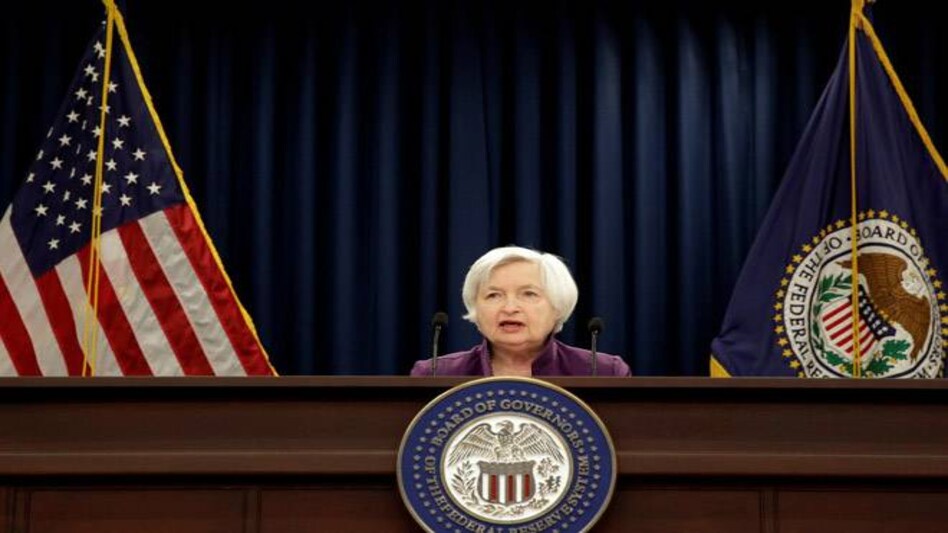

Yesterday, for the third time this year, the US central bank raised interest rates. With this the benchmark lending rate has gone up by 25 basis points (a quarter of a percent) to a target range of 1.25-1.5%. The hike is particularly significant for Americans because it allowed Fed Chair Janet Yellen to signal an all-clear for the U.S. economy a decade after the onset of the 2007-2009 recession.
But a Fed rate hike impacts India and other emerging economies, too, because the US is the world's biggest economy and the world's primary reserve currency is still the dollar. Remember the 1997 Asian Financial Crisis, where US tightening played a significant role in bringing down the Paper Tigers?
While such crippling effects are unlikely to be witnessed again, here are five ways the current rate hike-and the four others predicted by Goldman Sachs in 2018-can possibly impact the country:
Impact on the economy: The dollar inflows from foreign institutional investors (FIIs) have been robust in the past due to troubles and uncertainties in the US. FPIs have invested over $4.9 billion in equities and over $21.7 billion in debt till October this year. This foreign inflow is vital for the Indian economy still recovering from the exogenous shocks of demonetisation & GST. But, post a Fed hike, there are expectations that a part of the money will flow back to the US as there will be investment safety and also good returns.
Impact on domestic interest rates: For quite some time, the interest rate differential between the US rates and the Indian interest rates was quite high, which created a space for the funds to make money. But as India started easing interest rates and the US started hiking its rates, the differential is now narrowing fast. This impacts the speculative or short-term money that comes to the domestic financial markets. Moreover, reversing foreign inflows will create an upward pressure on domestic interest rates that will affect new projects, expansion plans & increase unemployment in India.
Pressure on the rupee: The rupee, which has strengthened a bit this year, will come under pressure post the Fed rate hike as US treasuries will now become more attractive and will strengthen the dollar. A weak rupee might not only impact the credit ratings, but will also widen the trade deficit since imports will get costlier.
Impact on bonds: With a hike in US yields, Indian bonds will become less attractive and may witness a sell-off by foreign investors. As bond prices fall due to the selling pressure, the yields will spike. Moreover, the lack of liquidity in bond markets will add pressure since money tends to flow out of less liquid assets as the yield differential falls.
Impact on India Inc.: There has been a spurt in Indian stocks over the past 12 months. The rally is purely liquidity-driven, especially when it comes to funding flows from global funds, and there is not much support from earnings growth. So any change in the status quo could be bad news for the over-leveraged corporate houses of India, which are already facing the NCLT threat from the government and the Reserve Bank of India (RBI).
Moreover, borrowing costs of Indian companies that have raised funds from international markets will go up further now since the value of dollar-denominated debt will jump. This will affect the bottom line & EPS of Indian companies.
However, there is no cause for alarm. According to Market Realist, an investment information technology company, the correlation between emerging markets and the Fed's fund rate stood at -26% between December 2015-when the Fed increased its key interest rate for the first time in a decade-and June 2017. So, though the Fed's rate hike is impacting emerging markets negatively, but the negativity has been pretty marginal.
Copyright©2025 Living Media India Limited. For reprint rights: Syndications Today